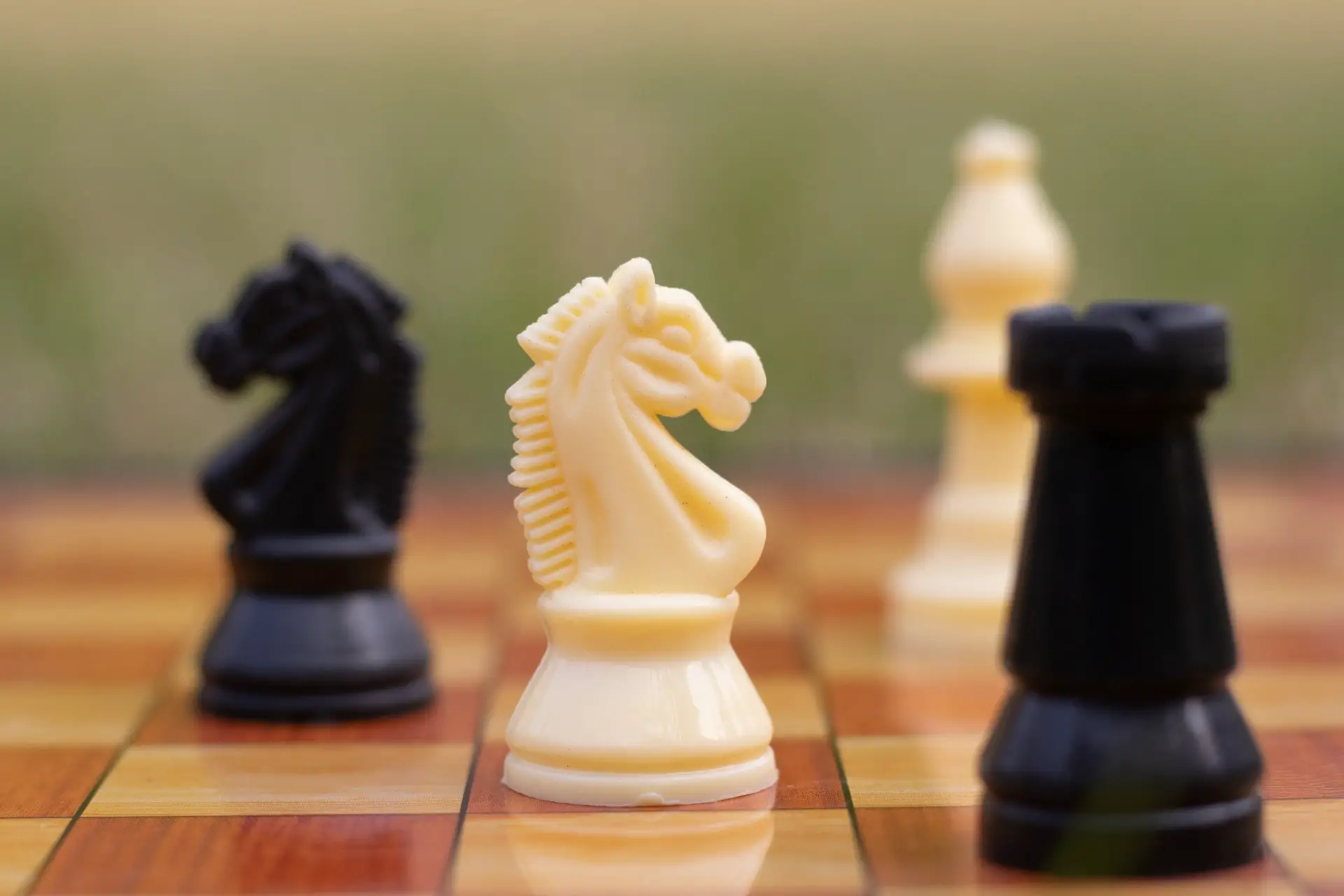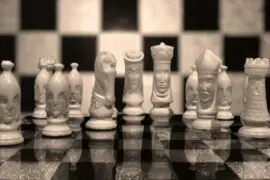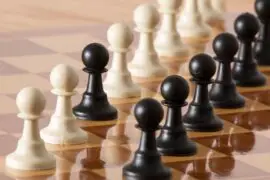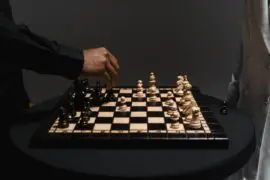Who is The Weakest Chess Piece? Chess, the game of kings, has captivated minds for centuries with its intricate strategies, varying levels of complexity, and the intellectual prowess it demands. One question often arises for those venturing into this enigmatic game: The objective of this article is to thoroughly examine this question, delving into the roles and capabilities of different chess pieces, the strategies they command, and the significance of their power in the broader context of the game. We will focus specifically on the role of the pawn, often perceived as the weakest piece due to its limited mobility. However, as we will demonstrate, its potential contributions to the game’s outcome can be surprisingly significant.
In this journey of exploration, we will dissect the essence of each chess piece, its strategic importance, and how it can contribute to a player’s victory or defeat. Prepare to delve into the captivating world of chess, where even the “weakest” piece can serve as a game-changer. This article aims to enrich your understanding and appreciation of the game, whether you’re an absolute beginner, an enthusiastic amateur, or a seasoned player. Let’s begin our exploration of the intriguing question: “Who is the weakest chess piece?”
Understanding Chess Pieces and Their Values
Contents
As we venture into the labyrinthine world of chess, it’s essential first to understand the different chess pieces and their respective abilities. The game comprises six distinct pieces: the King, Queen, Rook, Bishop, Knight, and Pawn, each with its unique set of moves.

The King, though vital, has limited mobility, moving only one square at a time in any direction. The Queen, often deemed the most powerful piece, has no such restrictions and can move any number of squares along a rank, file, or diagonal. The Rook can traverse any number of squares along a rank or file, while the Bishop can do the same but diagonally. The Knight, often considered tricky due to its L-shaped movements, can jump over pieces—a unique ability in the game.
Amid this assortment of pieces, we find the pawn—usually perceived as the “weakest” piece. The pawn’s movements are decidedly humble; it moves forward one square at a time, with an option to move two squares forward on its first move. Its method of capture is equally distinctive, taking opposing pieces diagonally rather than on its usual forward path.
Yet, despite these restrictions, the pawn holds its ground on the chess board, serving as the front line in the opening stages and providing a shield for the more valuable pieces. The pawn’s humble nature and limited mobility, when compared to the sweeping movements of the Queen or the hopping of the Knight, often lead to its label as the weakest piece. But as we’ll uncover, weakness in chess is often a matter of perspective, and the pawn has the potential to rewrite the narrative of the entire game.
The Nuances of Chess Strategies So, Who is The Weakest Chess Piece?
While each piece’s movement and power capabilities are fundamental to understanding chess, the heart of the game lies within its strategic dimensions. In chess, strategy transcends individual piece power. Every chess piece, irrespective of its perceived power, holds strategic importance and contributes to the dynamic ebb and flow of the game.
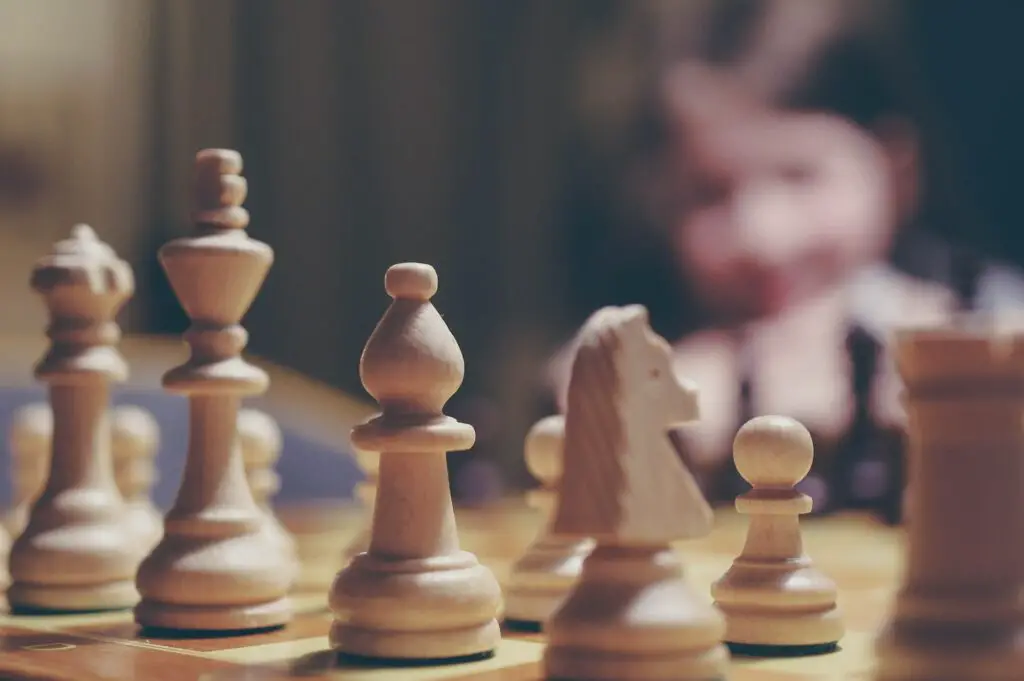
Among the myriad strategic elements in chess, the pawn plays a far more significant role than one might initially perceive. It’s not merely a piece of limited mobility; it’s a multifaceted tool that can shape the game’s course in surprising ways.
The pawn’s importance in controlling the board cannot be overstated. In the opening stages of the game, a carefully advanced pawn can seize control of the center, restrict the opponent’s piece mobility, and provide pivotal support for your pieces. Moreover, a pawn can also form the backbone of a fortress-like defensive structure, shielding the more valuable pieces from attacks and serving as a bulwark against the opponent’s advances.
The Pawn: Beyond Being the Weakest Chess Piece
Despite often being labeled as the weakest chess piece due to its limited mobility and unique method of capture, the pawn can offer strategic depth that far outweighs its apparent limitations. To truly understand the pawn’s value, we must consider its capabilities beyond its apparent restrictions and delve into the broader context of game strategy.
A deeper analysis reveals that the pawn, though humble in its moves, can exert a powerful influence on the chessboard. For example, advanced pawns can create space for other pieces to maneuver, dictate the tempo of the game, and even restrict the movement of the opponent’s pieces. Pawns, strategically positioned, can form a formidable defensive structure that shields the more valuable pieces and helps control key areas of the board.
In the endgame, a pawn’s ability to promote to any piece other than the king opens up a range of strategic possibilities. The prospect of a pawn becoming a queen, for instance, can dramatically shift the balance of power, potentially turning the tide in a player’s favor.
History is replete with games where pawns have played a pivotal role. For instance, in the 1956 “Game of the Century” between Donald Byrne and Bobby Fischer, a brilliant pawn sacrifice by Fischer ultimately led to a queen sacrifice and a masterful endgame. In the end, it was Fischer’s understanding of the pawn’s strategic value that allowed him to secure a victory.
Another famous example is the “Polish Immortal” game in 1930 between Glucksberg and Miguel Najdorf. Najdorf, in an impressive display of tactical prowess, sacrificed a pawn early on. This move, which may have initially seemed like a loss, actually paved the way for a brilliant attack that led to Najdorf’s victory.
Conclusion
On one hand, it’s often viewed as the weakest due to its limited mobility and unique method of capture. On the other hand, the pawn can wield substantial influence on the game, potentially becoming one of the most powerful pieces on the board through promotion.
This dichotomy between the pawn’s perceived weakness and its potential strength encapsulates the game of chess’s complexity. It underscores the paramount importance of strategy over individual piece power. In chess, it’s not necessarily the power of the piece that matters, but how it’s used within the broader framework of the game.
Chess is an intricate game of maneuver and counter-maneuver, attack and defense, sacrifice and gain. Each piece, from the humble pawn to the powerful queen, has its role to play in this intricate dance. Therefore, categorizing any piece as the “weakest” oversimplifies the game’s depth and strategic richness.

